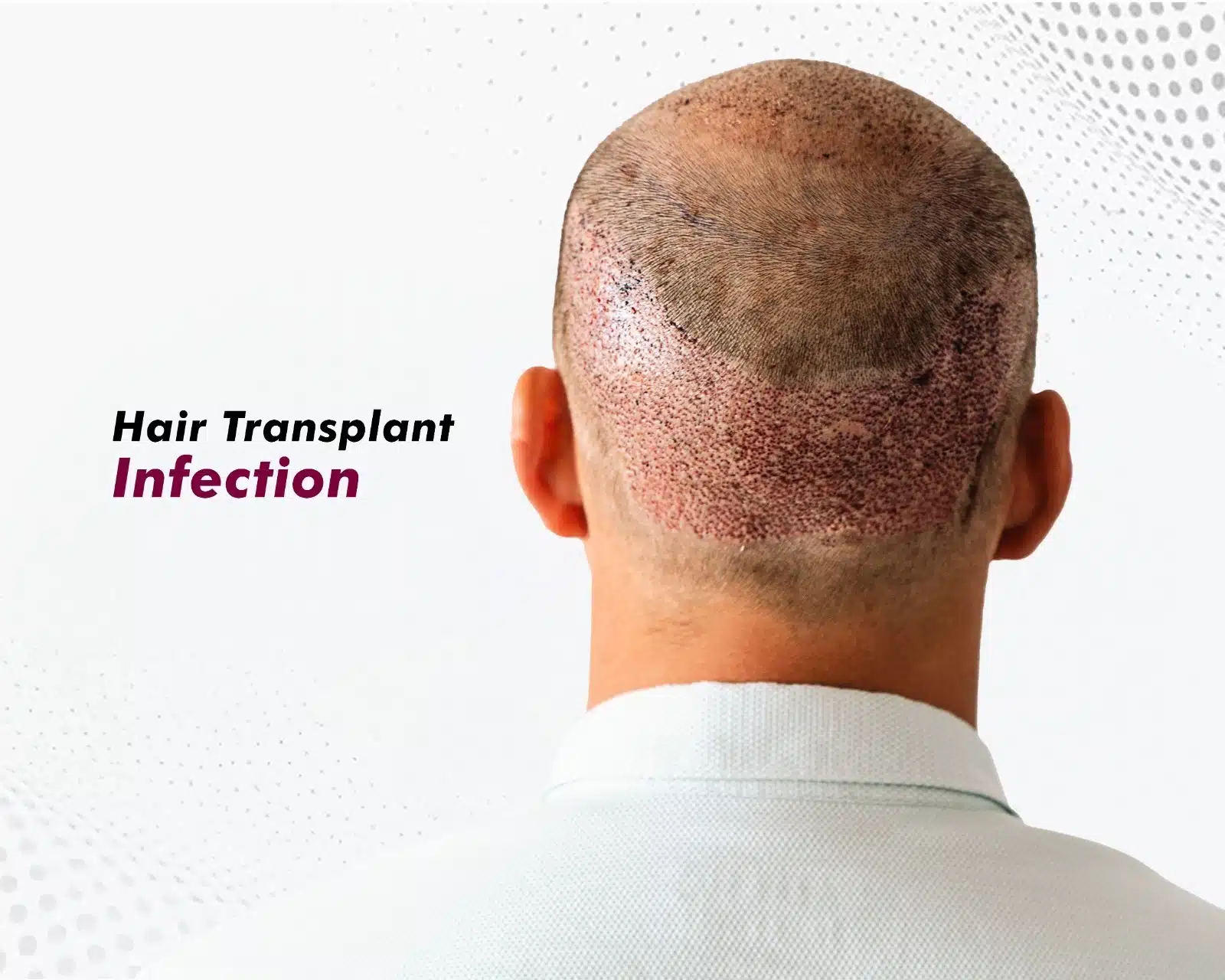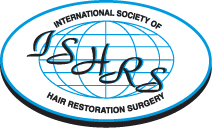Hair Transplant Infection: Everything You Need To Know
The decision to undergo a hair transplant surgery is a significant step towards reclaiming confidence and restoring one’s appearance. However, like any surgical procedure, concerns about potential risks, including hair transplant infection, may loom large in the minds of prospective patients. While the prospect of scalpels and open wounds can raise a valid concern: is hair transplant surgery prone to infection?
Techniques used for Hair Transplant:
Before delving into the risk of hair transplant infections, it’s essential to understand the basics of hair transplant surgery.
The three primary techniques employed are:
- Follicular Unit Transplantation (FUT),
- FUE Hair Transplant (Follicular Unit Extraction)
- Direct Hair Transplant (DHT)
All three hair transplant methods involve harvesting hair follicles from a donor area and transplanting them into the recipient area to stimulate hair growth. While these procedures are generally considered safe, like any surgical intervention, there exists a possibility of infection if proper precautions are not observed.
Why is the Hair Transplant Infection Problem Not Associated with Eugenix Hair Sciences?
The notion that hair transplant surgeries are inherently prone to infections is often rooted in misinformation or anecdotal accounts.
1. Follow Sterilization Protocols
In reality, modern hair transplant clinic adhere to stringent sterilization protocols and best practices to minimize the risk of infections. This includes maintaining a sterile surgical environment, using disposable instruments whenever possible, and ensuring thorough pre-operative skin preparation.
This is why selecting a reputed clinic with proven results is a crucial step to deciding whether to get a hair transplant surgery and worrying about hair transplant infection.
2. Follow Post-operative Care Instructions
It helps to consider the experiences of individuals who have undergone hair transplant surgeries to better understand the risk of infections associated with these surgeries.
Online forums and patient testimonials offer valuable insights into the post-operative experiences of patients. While infections are possible, they are relatively rare occurrences, particularly when patients adhere to post-operative care instructions provided by their surgical team.
3. Follow the Doctors Instructions
Medical professionals and pioneering doctors specializing in hair transplant surgery also provide valuable perspectives on infection risk mitigation strategies.
According to renowned surgeons Dr Pradeep Sethi and Dr Arika Bansal, infection rates associated with hair transplant surgeries are generally low, particularly in reputable clinics with experienced surgical teams. Measures such as pre-operative safety profiling and tests, meticulous surgical technique, and post-operative wound care play crucial roles in minimizing the risk of infections.
4. Patient Disclose Pre-existing Medical Conditions
While the risk of infections associated with hair transplant surgeries is relatively low, patients can take several precautionary measures to mitigate this risk further. Before the procedure, patients should disclose any pre-existing medical conditions or allergies to their surgical team to ensure appropriate pre-operative screening and medication adjustments. Additionally, following post-operative care instructions diligently, including proper wound care and hygiene practices, can significantly reduce the likelihood of infections.
Despite the precautions taken, patients must remain vigilant and be aware of the signs and symptoms of infections following a hair transplant surgery.
Signs and Symptoms of Hair Transplant Infections After Surgery
These may include:
- Increased redness
- Swelling
- Warmth
- Pain at the surgical site
- Presence of pus or discharge
If any of these symptoms are observed, patients should promptly contact their surgical team for further evaluation and management.
While the risk of hair transplant infections associated with hair transplant surgeries cannot be entirely eliminated, it can be effectively minimized through adherence to strict sterilization protocols, meticulous surgical techniques, and diligent post-operative care. Hair transplant surgery, when performed by a qualified hair transplant professional in a sterile environment, carries a very low risk of infection.
By understanding the potential causes, selecting a reputable clinic, and diligently following post-operative instructions, you can significantly reduce the chances of complications. Remember, open communication with your surgical team and counsellors is vital.














